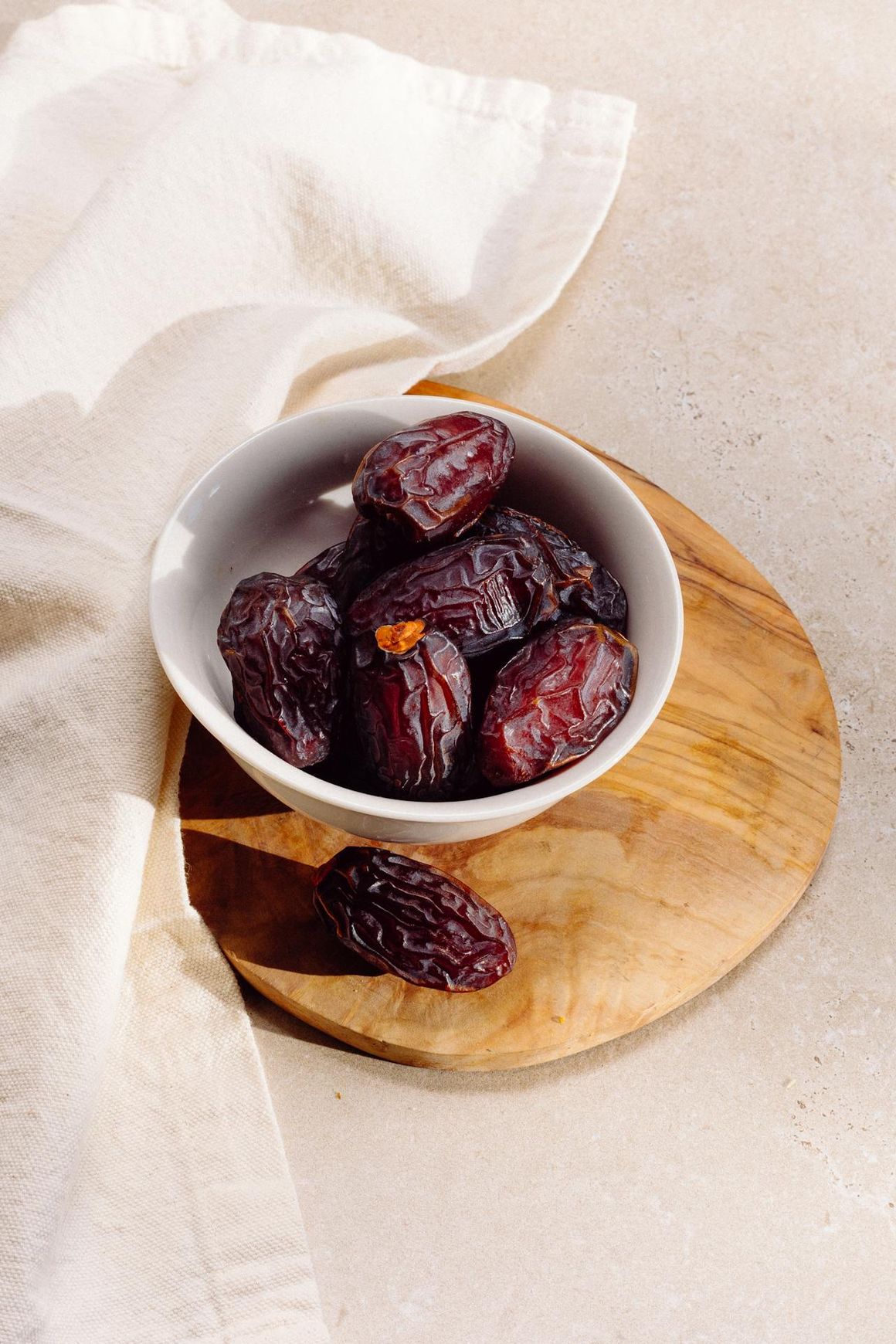Islamic art is an exquisite and distinctive form of artistic expression that has captivated viewers for centuries. Rooted in Islamic beliefs and traditions, this artistic tradition encompasses a wide range of decorative and architectural styles, showcasing a harmonious blend of creativity, spirituality, and cultural influences.
Embracing calligraphy, geometric patterns, arabesque designs, and stunning ornamentation, Islamic art has become a symbol of beauty and a testament to the rich heritage of Islamic culture.
Calligraphy
The Fluidity of the Written Word One of the most celebrated aspects of Islamic art is the mesmerizing art of calligraphy. An integral part of Islamic culture, Arabic script transformed into exquisite artistic expressions, often used to convey verses from the Quran. These beautiful scripts appear in various formats, showcasing intricate compositions, mesmerizing curves, and flowing lines. An exemplary representation of Islamic calligraphy is the "Basmala" in Thuluth script

"Basmala" in Thuluth script
This captivating artwork highlights the elegance and grace inherent in Islamic calligraphy.
Geometric Patterns
Unraveling the Symmetry of the Universe Islamic art is renowned for its intricate geometric patterns that embody a sense of order and harmony. These timeless patterns are characterized by intricate repetition of shapes, lines, and motifs. In the Alhambra Palace in Granada, Spain, the "Court of the Lions" stands as an iconic example of Islamic geometric design.

Alhambra Palace in Granada, Spain, the "Court of the Lions"
This breathtaking courtyard exhibits geometric patterns in the form of star-shaped tiles, interlacing geometric shapes, and beautifully carved stucco detailing, perfectly illustrating the precision and symmetry synonymous with Islamic art.
Arabesque
Nature as Artistic Inspiration Arabesque motifs in Islamic art are inspired by the flowing forms of nature, often adorned with intricate floral patterns, leaves, tendrils, and vines. These organic designs are meant to reflect the eternal beauty and harmony found in the natural world. The "Blue Mosque" in Istanbul, Turkey showcases some of the most exquisite examples of Arabesque design.

The "Blue Mosque" in Istanbul, Turkey
Its elegant archways, delicate floral motifs, and stunning tilework harmoniously represent the intricate and awe-inspiring art form of Islamic Arabesque.
Ornamentation
Beauty in Intricacy Islamic art is renowned for its intricate ornamentation across various mediums, including textiles, pottery, metalwork, and architecture. The Mihrab at the Great Mosque of Cordoba in Cordoba, Spain is a remarkable example of Islamic ornamentation.

The Mihrab at the Great Mosque of Cordoba
The mihrab, a semicircular niche indicating the direction of prayer in mosques, boasts delicate tilework, carved stucco, and meticulous calligraphy that elevate its architectural significance and exemplify the Islamic artistic tradition in all its glory.
Islamic art stands as a testament to the rich cultural heritage and spiritual devotion of the Islamic world. With its remarkable calligraphy, mesmerizing geometric patterns, flowing arabesque motifs, and intricate ornamentation, Islamic art continues to mesmerize viewers with its timeless elegance and profound spiritual inspiration. By exploring diverse art forms and appreciating the masterful craftsmanship in Islamic art, one cannot help but gain a deeper understanding and admiration for the beauty and cultural significance that this art represents.


